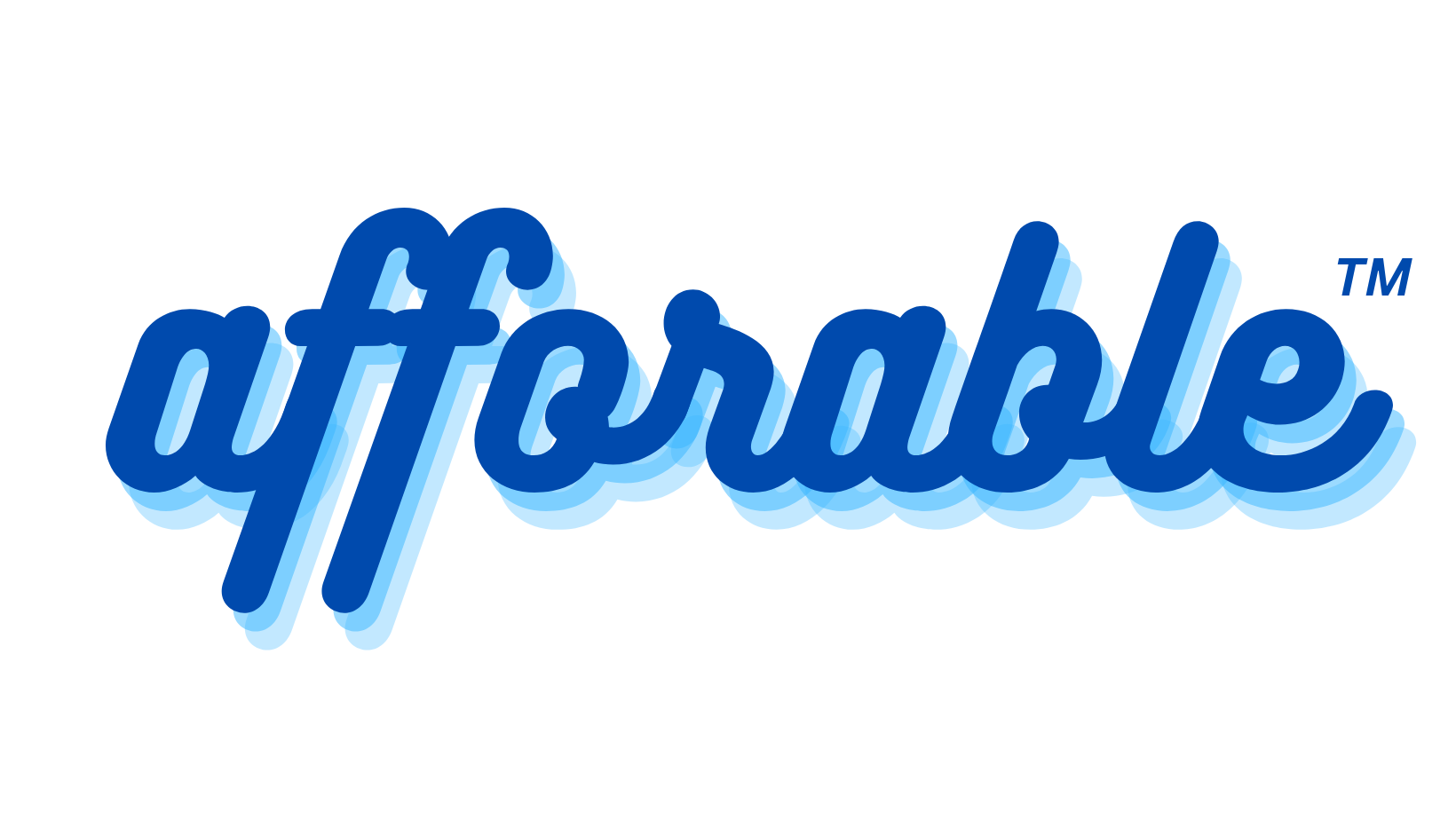Credit cards have become an integral part of modern finance, offering convenience and flexibility for everyday spending. However, it’s crucial to understand how credit card debt works to avoid financial pitfalls and make informed choices. Let’s break down the key aspects of credit card debt and how this financial tool operates.
1. Credit Limit and Card Usage
When you receive a credit card, the issuing bank or financial institution assigns you a credit limit. This limit represents the maximum amount you can borrow on the card. You’re free to use the card to make purchases up to this limit, effectively borrowing money from the issuer.
2. Monthly Billing Cycle
Credit card transactions occur within a monthly billing cycle. During this cycle, you can make purchases, and the credit card issuer tracks your spending. At the end of the billing cycle, you’ll receive a statement detailing your transactions, the minimum payment due, and the due date.
3. Minimum Payment and Interest
Credit card debt comes with an important financial component: interest. If you don’t pay off the full balance by the due date, the issuer will charge you interest on the remaining amount. The minimum payment, which is a fraction of the total balance, is the least amount you must pay to avoid late fees and penalties. However, paying only the minimum will result in the remaining balance carrying over to the next month, accruing more interest.
4. Revolving Credit
Credit card debt operates as revolving credit. This means that as you pay off your balance, you free up available credit on the card. You can then continue to use the card for additional purchases, creating a cycle of borrowing, repayment, and new charges.
5. Grace Period
Many credit cards offer a grace period. If you pay the full balance before the due date, you won’t incur any interest charges. This feature can be an advantage for those who manage their credit card debt responsibly.
6. High-Interest Rates
Credit cards often have relatively high-interest rates compared to other forms of credit. If you carry a balance from month to month, these interest charges can accumulate quickly and become a significant financial burden.
7. Late Fees and Penalties
Failing to make at least the minimum payment by the due date can result in late fees and other penalties. These fees can add up, making it even more challenging to pay off credit card debt.
8. Credit Score Impact
Your credit card usage and payment history significantly impact your credit score. Timely payments and responsible credit card management can boost your credit score, while accumulating high balances and missing payments can have adverse effects.
In conclusion, credit card debt works by allowing you to make purchases on credit, up to a specified credit limit. You’re required to pay at least the minimum payment each month, and interest is charged on any remaining balance. Responsible credit card management involves paying off the full balance or, at the very least, more than the minimum to avoid high-interest charges and financial stress. Understanding these basics is crucial for maintaining healthy financial habits and building a strong credit history.

